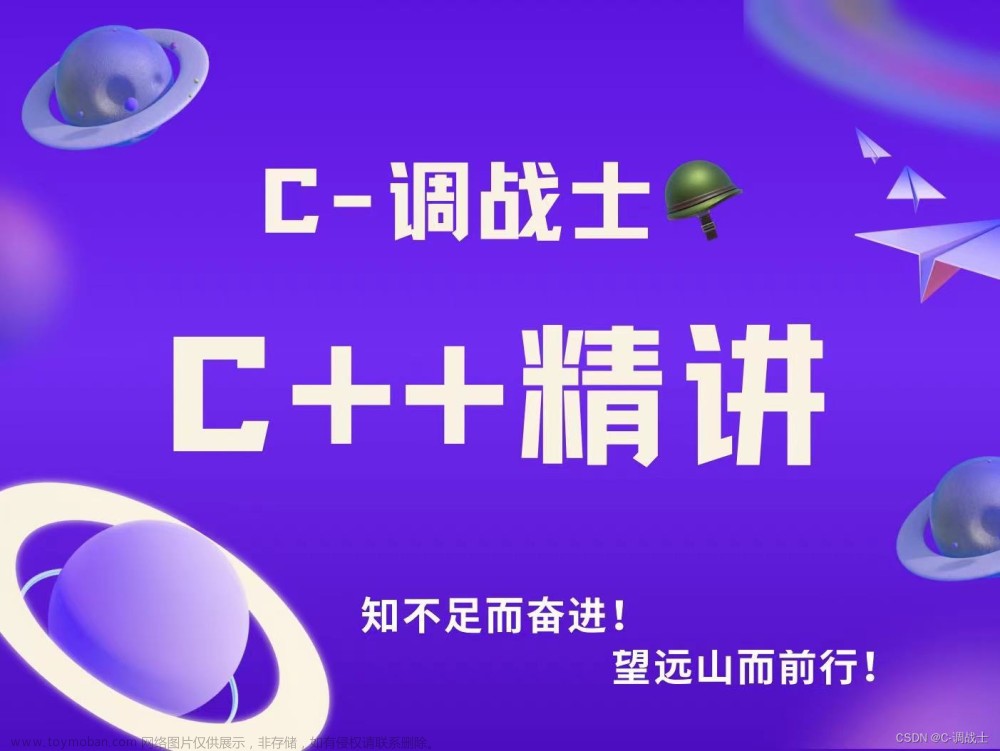hey,gays lets go on to refator those sh!t .
i fork a rep, this the link
GitHub - TIMPICKLE/refator-code: 重构 - 改善既有代码的设计
all right, lets see the genel description.
| 提取类 |
| 对立:内联类 目的:将大类分成小类 场景:维护一个大量函数和数据的类 |
class Person{
get officeAreaCode(){
return this._officeAreaCode;
}
get officeNumber(){
return this._officeNumber;
}
}class Person{
constructor(telephoneNumber){
this._telephoneNumber = telephoneNumber;
}
get officeAreaCode(){
return this._telephoneNumber.areaCode;
}
get officeNumber(){
return this._telephoneNumber.number;
}
}
class TelephoneNumber{
get areaCode(){
return this._areaCode;
}
get number(){
return this._number;
}
}| 内联类 |
| 对立:提炼类 目的:减少不必要的类 场景: 如果一个类不再承担足够的责任 |
class Person{
constructor(telephoneNumber){
this._telephoneNumber = telephoneNumber;
}
get officeAreaCode(){
return this._telephoneNumber.areaCode;
}
get officeNumber(){
return this._telephoneNumber.number;
}
}
class TelephoneNumber{
get areaCode(){
return this._areaCode;
}
get number(){
return this._number;
}
}class Person{
get officeAreaCode(){
return this._officeAreaCode;
}
get officeNumber(){
return this._officeNumber;
}
}我在阅读重构的时候,对内联类和提取类有一些疑问,他们看起来是对立的,那么在实际的代码中,我该如何选择呢?给我一些具体的例子?
在实际的代码中,选择内联类还是提取类取决于具体情况。下面是一些例子,可以帮助你更好地理解:
**内联类的例子**
如果一个类只有少量的属性和方法,而且这个类在整个代码中只被使用了一次,那么你可以考虑将这个类内联到使用它的地方。这样可以减少类的数量,使代码更加简洁。
例如,假设你有一个 `Person` 类和一个 `Address` 类,每个人都有一个地址。如果你只在 `Person` 类中使用了 `Address` 类一次,那么你可以将 `Address` 类内联到 `Person` 类中,使代码更加简洁。
**提取类的例子**
如果一个类的职责过于复杂,包含了多个不同的职责或功能,那么你可以考虑将这个类拆分成多个小的类。这样可以使代码更加清晰,并且每个类只需要关注自己的职责。
例如,假设你有一个 `Order` 类,这个类既包含了订单信息,又包含了订单处理的逻辑。如果你将订单处理逻辑提取成一个独立的类,比如 `OrderProcessor` 类,那么代码会更加清晰,并且每个类都只需要关注自己的职责。
希望这些例子可以帮助你更好地理解内联类和提取类的使用场景。
有代码实例吗?
当然,以下是一些具体的C#代码示例,以帮助您更好地理解内联类和提取类:
**内联类的示例:**
public class Person {
public string Name { get; set; }
public Address Address { get; set; }
public void PrintAddress() {
Console.WriteLine("Address: " + this.Address.ToString());
}
// other methods
}
public class Address {
public string Street { get; set; }
public string City { get; set; }
public string State { get; set; }
public string ZipCode { get; set; }
public override string ToString() {
return $"{this.Street}, {this.City}, {this.State} {this.ZipCode}";
}
}
在上面的代码中,`Person` 类只使用了一次 `Address` 属性,并且只有一个方法使用了这个属性。因此,我们可以将 `Address` 类内联到 `Person` 类中,使代码更加简洁:
public class Person {
public string Name { get; set; }
public string Street { get; set; }
public string City { get; set; }
public string State { get; set; }
public string ZipCode { get; set; }
public void PrintAddress() {
Console.WriteLine($"Address: {this.Street}, {this.City}, {this.State} {this.ZipCode}");
}
// other methods
}
**提取类的示例:**
public class Order {
public int OrderId { get; set; }
public string CustomerName { get; set; }
public string CustomerAddress { get; set; }
public List<OrderItem> Items { get; set; }
public void ProcessOrder() {
// process the order
}
// other methods
}在上面的代码中,`Order` 类包含了订单信息和订单处理的逻辑。如果我们将订单处理逻辑提取成一个独立的类 `OrderProcessor`,那么代码会更加清晰,并且每个类都只需要关注自己的职责:文章来源:https://www.toymoban.com/news/detail-514350.html
public class Order {
public int OrderId { get; set; }
public string CustomerName { get; set; }
public string CustomerAddress { get; set; }
public List<OrderItem> Items { get; set; }
// other methods
}
public class OrderProcessor {
public void ProcessOrder(Order order) {
// process the order
}
}希望这些示例可以帮助您更好地理解内联类和提取类的使用场景。文章来源地址https://www.toymoban.com/news/detail-514350.html
到了这里,关于《重构》:Extract Class and Inline Class的文章就介绍完了。如果您还想了解更多内容,请在右上角搜索TOY模板网以前的文章或继续浏览下面的相关文章,希望大家以后多多支持TOY模板网!








